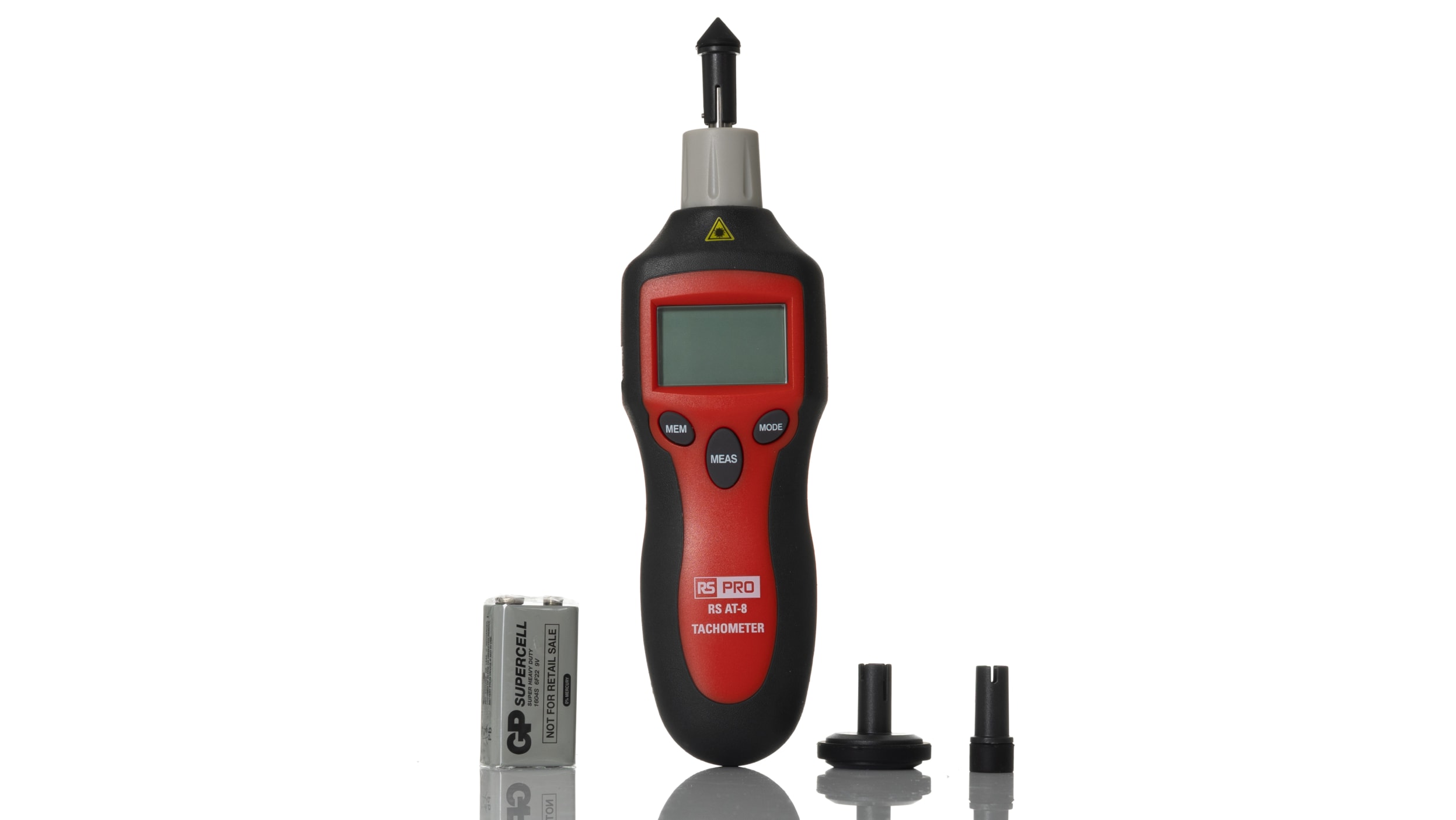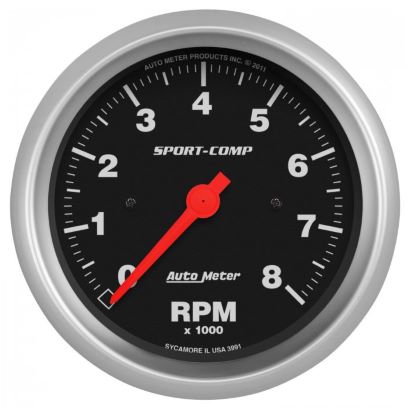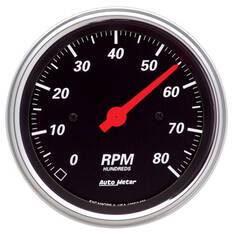Comprehensive Overview to Comprehending and Making Use Of a Tachometer Properly
Comprehensive Overview to Comprehending and Making Use Of a Tachometer Properly
Blog Article
The Relevance of a Tachometer in Keeping Track Of Engine Speed and Efficiency in Automotive Applications
In the realm of automotive engineering, the tachometer stands as an essential tool in the motorist's collection, giving a straight window into the internal operations of a car's engine. Past its feature as a mere scale of transformations per min (RPM), the tachometer offers as a critical device for lovers and experts alike, providing real-time insights into engine performance and health. Recognizing the relevance of this gadget surpasses surface-level observations, diving into the detailed partnership between engine speed, power output, and overall driving experience. As we discover the multifaceted role of the tachometer in vehicle applications, a deeper recognition for its effect on automobile characteristics and performance begins to emerge.
Importance of Keeping An Eye On Engine RPM
Checking engine RPM, or revolutions per minute, is a critical facet of vehicle upkeep and efficiency examination. Engine RPM straight correlates with the speed at which the engine's crankshaft revolves, indicating exactly how promptly the engine is running.
Furthermore, monitoring engine RPM is crucial for efficiency examination in racing and high-performance cars. Maintaining ideal RPM levels is essential for accomplishing peak power result and acceleration. Racers frequently utilize tachometers to guarantee they are running within the perfect RPM range for optimum performance. In summary, keeping an eye on engine RPM is not just crucial for identifying problems yet likewise for enhancing engine performance in different automotive applications.

Advantages of Real-Time Data
In vehicle applications, real-time data plays a crucial role in providing immediate understandings right into the efficiency and condition of the automobile. By continuously checking numerous specifications such as engine speed, temperature level, fuel intake, and more, real-time information offers numerous benefits that contribute to improved efficiency and safety and security on the roadway.
Furthermore, real-time information promotes performance optimization by providing prompt responses on driving practices and engine performance. Motorists can adjust their actions in real-time based on this info to achieve far better gas economic climate and prolong the life-span of their vehicle.

In addition, real-time data plays a vital function in modern-day vehicle diagnostics, allowing professionals to quickly identify and deal with breakdowns. This results in minimized downtime, lower upkeep expenses, and ultimately, enhanced overall car reliability and durability (tachometer). By using the power of real-time data, automobile stakeholders can make educated choices that positively impact both the performance and durability of the automobile
Influence On Gear Shifts
The tachometer plays an important duty in enhancing equipment changes by supplying real-time engine speed information to the vehicle driver. When coming close to the redline on the tachometer, it signifies the chauffeur to upshift to protect against over-revving the engine and causing possible damage.
Furthermore, the tachometer aids in accomplishing smoother equipment Get More Info shifts, specifically in hands-on transmissions. By monitoring engine speed, motorists can implement gear changes at the optimum RPM range, lowering jerking movements and decreasing wear on the transmission parts. This accuracy on duty modifications not only improves driving convenience but also adds to fuel performance.
Enhancing Gas Effectiveness
Provided the important duty the tachometer plays in maximizing gear changes for efficiency and engine wellness, it straight adds to maximizing fuel performance in auto applications. By providing real-time comments on engine speed, the tachometer helps vehicle drivers in maintaining the most efficient RPM variety for gas economic situation. When drivers constantly check the tachometer and change their driving practices as necessary, they can prevent unnecessary gas Check This Out intake brought on by over-revving or lugging the engine.
Additionally, the tachometer helps vehicle drivers recognize the most fuel-efficient gear to be in at any type of given minute, stopping the engine from working tougher than essential. This is especially critical throughout velocity and cruising, where remaining in the ideal gear can considerably influence gas performance. In addition, the tachometer can inform chauffeurs to prospective mechanical issues that could be negatively affecting fuel economy, such as a slipping clutch or a blocked air filter. In conclusion, the tachometer acts as a valuable tool in enhancing gas performance by advertising optimum driving routines and identifying locations for enhancement in the vehicle's performance.

Optimizing Engine Long Life
The tachometer's role in keeping an eye on engine rate and performance contributes in making sure the longevity of automotive engines. By making use of the tachometer efficiently, vehicle drivers can enhance engine long life with conscious RPM administration. Constantly revving an engine expensive can cause too much deterioration on essential elements, such as the pistons, valves, and here bearings. With time, this can lead to reduced engine efficiency and prospective breakdowns. Monitoring the tachometer allows chauffeurs to remain within the advised RPM range for their car, avoiding unneeded pressure on the engine and extending its life-span.

Verdict
In conclusion, the tachometer plays a vital role in monitoring engine rate and efficiency in automotive applications. By providing real-time information on RPM, it enables efficient equipment changes, improved gas effectiveness, and optimized engine longevity. This device is essential for keeping optimal engine performance and guaranteeing the total performance of an automobile.
Report this page